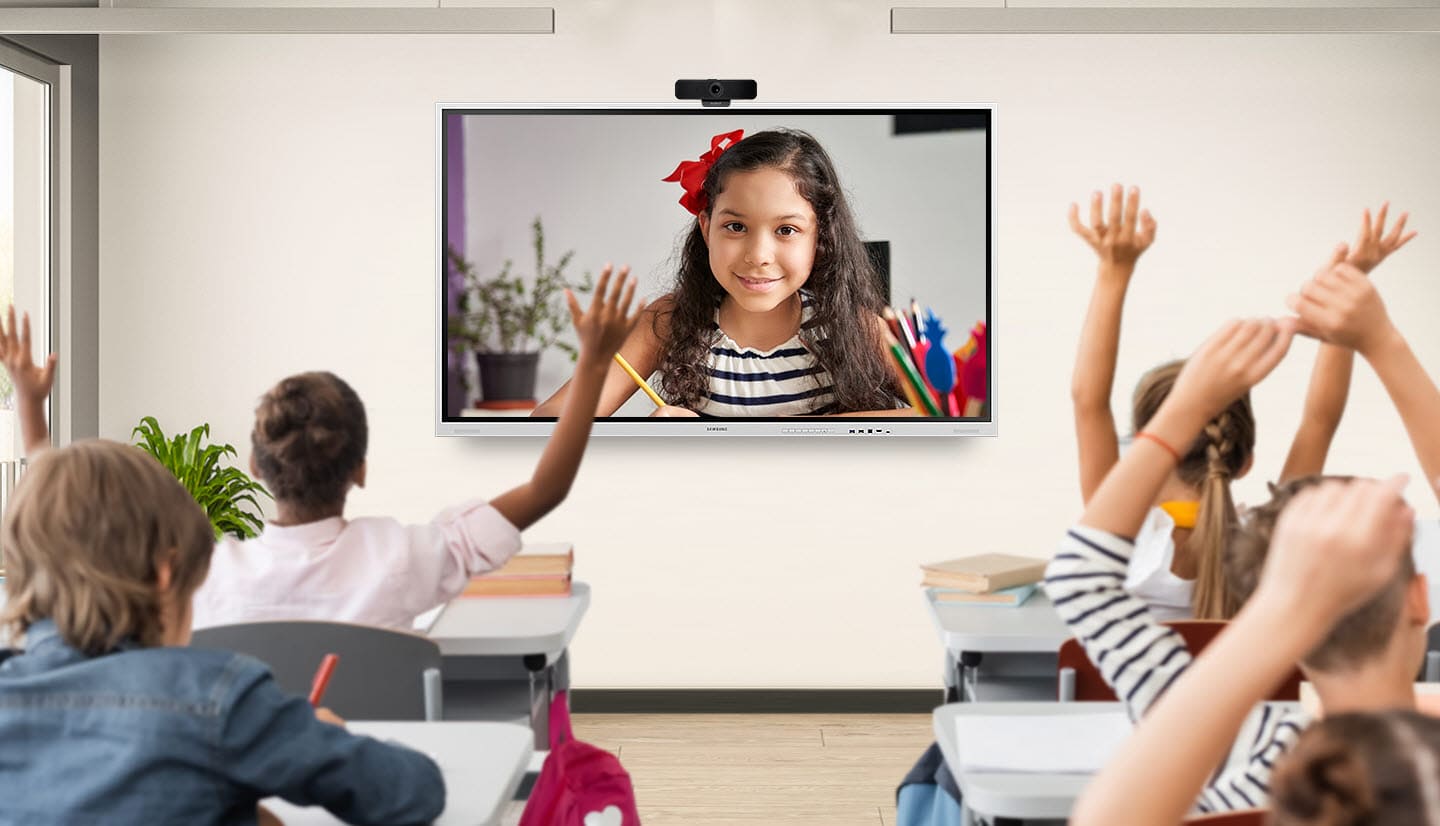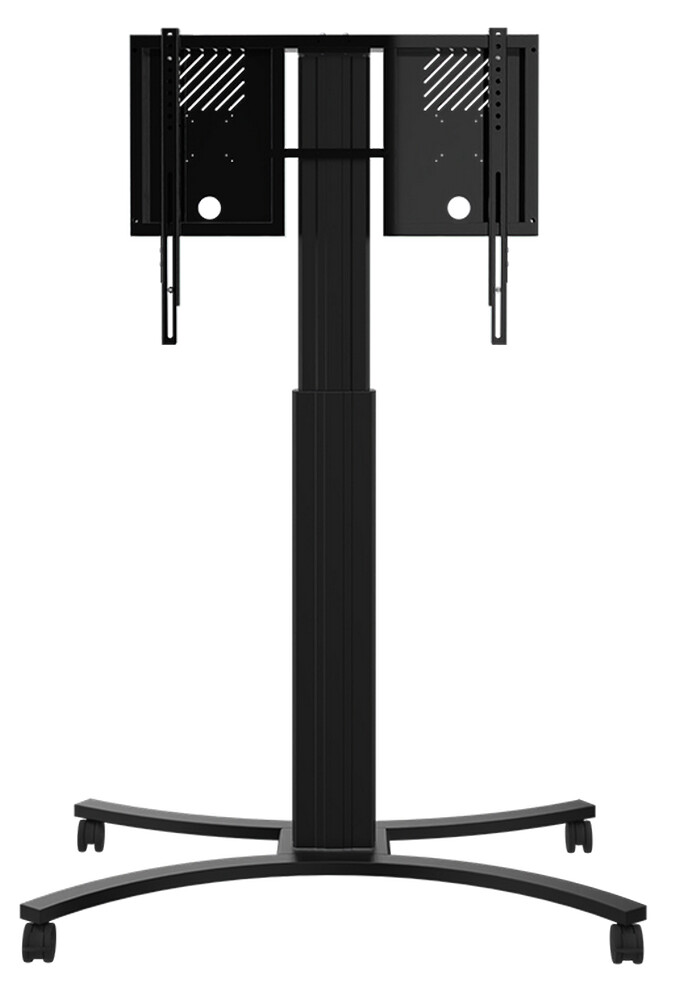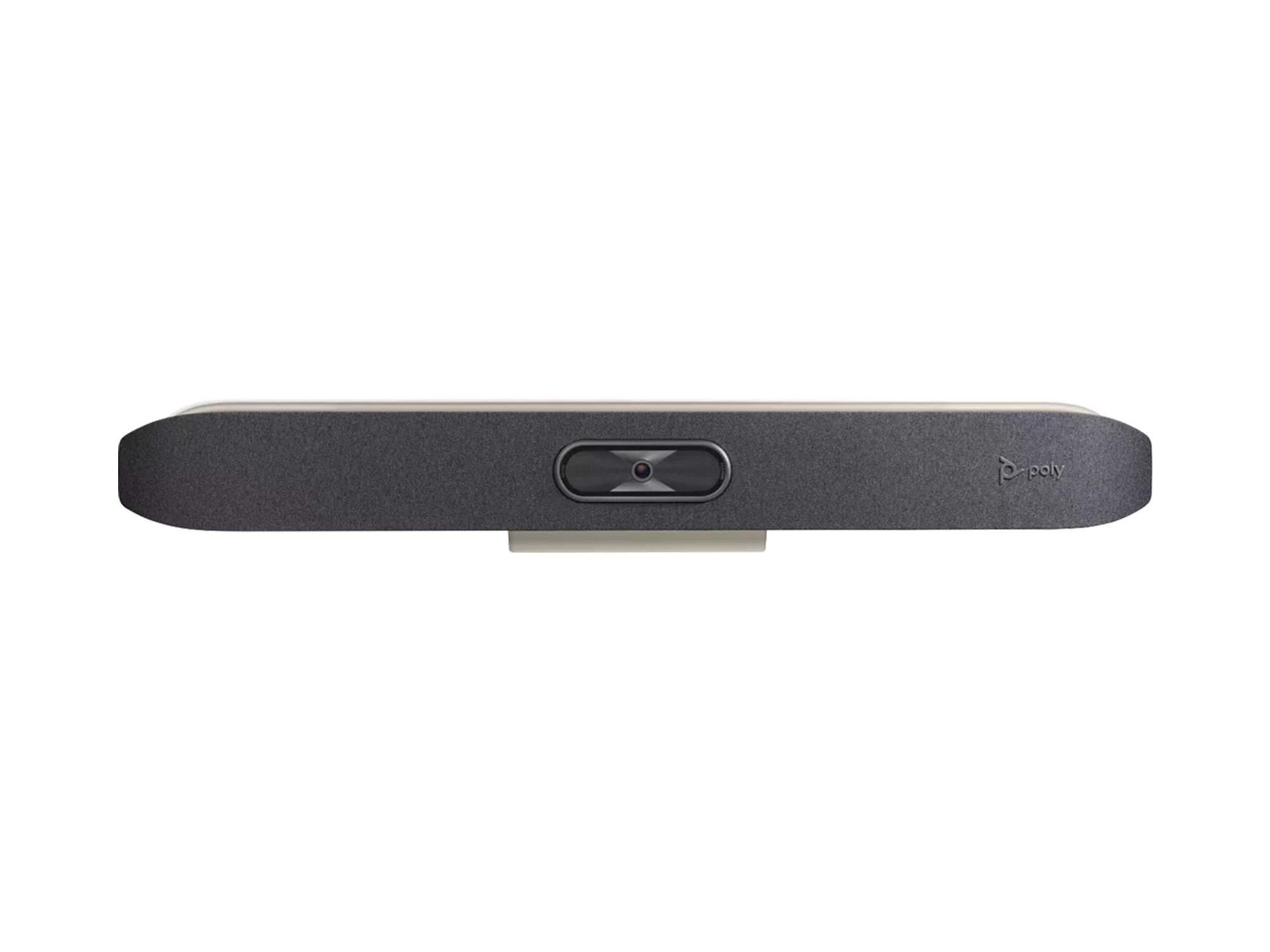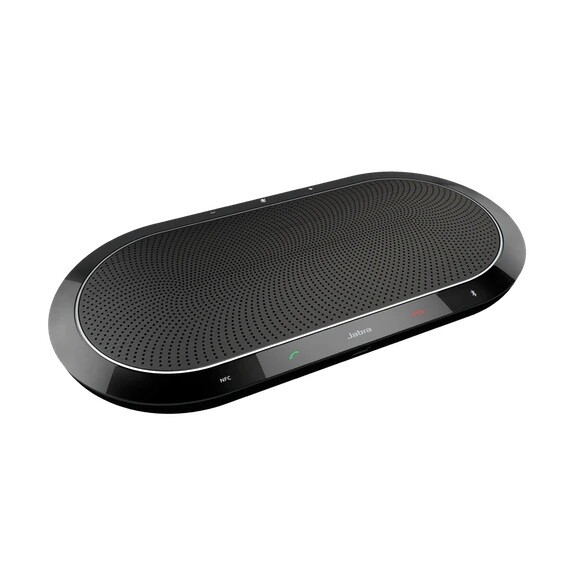































£2,057.67*
- Resolution 3840 x 2160 4K UHD
- Max. Brightness 350 cd/m²
- Panel type VA
- Contrast Ratio 4,000 :1


Frequently purchased together
Product information
Samsung Flip Pro WM85B
A new, advanced level of learning for the future of education
- Drawing experience with 2.048 pressure points and the industry's best latency of only 26 ms
- A realistic writing experience with pen and brush modes, quick tool and palette
- Various connectivity options such as USB, HDMI, DP and OPS slot as well as easy screen sharing via wireless
- Various learning experience with boxlight or video call applications
Unlimited learning possibilities.
As the digitisation of education accelerates to enable high-impact, interactive collaboration, Flip Pro gives educators the tools they need to deliver a new, advanced level of learning. With versatile connectivity, smart software and intuitive features, Flip Pro ushers in the future of education.
Better interaction with premium multi-touch
Fast and multi-touch
Flip Pro features the industry's shortest latency of only 26 ms and predictive logic that ensures a realistic, fluid drawing experience with 2,048 pressure points built directly into the display to enhance creativity. In addition, Flip Pro enables multi-touch for up to 20 people for enhanced interactivity.
Bring ideas to life in an instant
Intuitive writing and drawing
With Pen and Brush mode, ideas instantly come to life on Flip Pro, providing a realistic writing experience while flexible erasing requires only a finger or palm movement. The quick tool and palette menu keeps creativity flowing, and the shift key easily activates a new note-taking layer interface.
Stay connected from any source
Multi-faceted connectivity
Flip Pro offers multiple connectivity options, including USB, HDMI, DP and OPS slot. Educators can connect any device to access content and display information on a larger screen. They can also connect to a network and other devices via the LAN port and wireless screen mirroring.

One port for three functions
3-in-1 USB-C port
Connectivity is enhanced with 3-in-1 USB-C connectivity that enables screen mirroring, touch control and charging of external devices (max. 65 W). Educators can easily connect the device to the USB Type-C port to create interactive and engaging lessons without hassle.

Sharing with AirPlay 2
AirPlay2
The Flip Pro integrates with AirPlay 2, allowing teachers and students to present on the large screen, increasing visibility and engagement in larger spaces. Setting up a dual wireless display ensures that no student misses important information, encouraging collaboration.
Intelligent wireless sharing from multiple devices
SmartView+
SmartView+ wirelessly connects up to 50 devices at once to the interactive display and enables multiple viewing on up to four screens. This wireless screen sharing is ideal for larger conference rooms and digitised classrooms.

Use your favourite third-party education solutions
OPS slot
With the OPS (Open Pluggable Specification) slot*, the Flip Pro allows educators to use their third-party education solutions, enabling them to use School Information Systems (SIS), learning applications and tools.
Access everything you need from anywhere
Workspace
With the Workspace secured by Knox, Flip Pro enables easy access to remote PCs, network drives and other third-party applications such as Office 365, and others. This ensures efficiency from anywhere and an uninterrupted workflow for teachers and students.
Optimise lesson planning with the embedded learning solution
Boxlight MimioConnect
Flip Pro features the MimioConnect app, an online blended learning platform that offers a rich catalogue of versatile learning content available through Workspace. Samsung's partnership with leading US education solutions delivers innovative education software directly
Easy collaboration via video conferencing
apps for video calls
Easy, seamless video conferencing is supported on the Flip Pro based on the WebRTC (Real Time Communication) API, with no additional solution compatibility required. Apps such as Google Duo are available to users with just one touch for easy and efficient collaboration.

Stay in the loop with remote management solution
Remote Content Push
With Samsung's MagicINFO remote management solution, Flip Pro offers a new feature that pushes content, alerts and alarms from the school information system to the display to notify teachers and students of important updates that can be pushed directly to Flip displays in each classroom.
Carefully designed for comfortable use
Intelligent design
Flip Pro is designed specifically for education and features a handle on the back for easy transport and a control panel on the front for quick access. In addition, the sleek, light grey colour ensures that the Flip blends seamlessly into its surroundings.
Clean screen and minimised risk of damage
Protective screen technology
The Samsung Flip Pro is equipped with an integrated antimicrobial coating that prevents the growth of microorganisms. In addition, the Flip display is encased in a special shatterproof film.
Technical data
| Name | Samsung Flip Pro WM85B 85" Touch display |
|---|---|
| Article number | 1000023339 |
| GTIN/EAN | 8806094266511 |
| Manufacturer SKU | LH85WMBWLGCXEN |
| Model name | Flip Pro WM85B |
| variant | Display |
| Brand | Samsung |
| Product Type | Touch display |
| Product Series | Samsung WM Series |
| Technology | LED |
| Panel type | VA |
| backlight | LED |
| Resolution | 3840 x 2160 4K UHD |
| Diagonal | 85" |
| Aspect Ratio | 16:9 |
| Viewing angle - Horizontal | 178° |
| Viewing angle - Vertical | 178° |
| Contrast Ratio | 4,000 :1 |
| Screen finish | Matt |
| Number of channels | 2.0 |
| Max. Brightness | 350 cd/m² |
| run-time | 16/7 |
| Response time | 8ms |
| Refresh Rate | 75Hz |
| Support - VESA | 600 x 400 |
| Operating system | Tizen |
| Inputs | 1x Displayport , 1x Ethernet , 2x HDMI , 3x USB-A |
| Outputs | 1x 3,5mm Jack |
| wireless technology | Bluetooth , WiFi |
| Power per channel | 10 W |
| Features | Integrated speaker , Touch screen |
| Product width | 194.58 cm |
| Product height | 115.11 cm |
| Product depth | 8.9 cm |
| Weight | 75.2 kg |
| Colour | White |
| EEK Spectrum | A to G |
| Delivery contents | Power cable , USB cable |
| Condition | New |
| Warranty | 24 Month |
| Warranty type | Onsite Repair Service and support information |
Product safety
| Person responsible for the EU |
|---|
| Samsung Electronics GmbH |
| Am Kronberger Hang 6 |
| 65824 Schwalbach |
| Germany |
| sseg.comm@samsung.com |



























